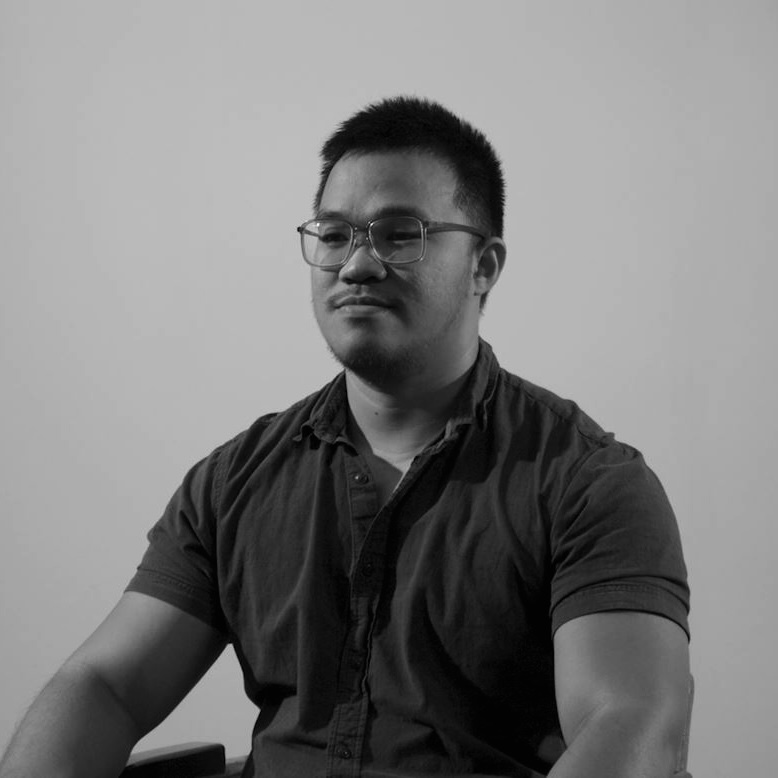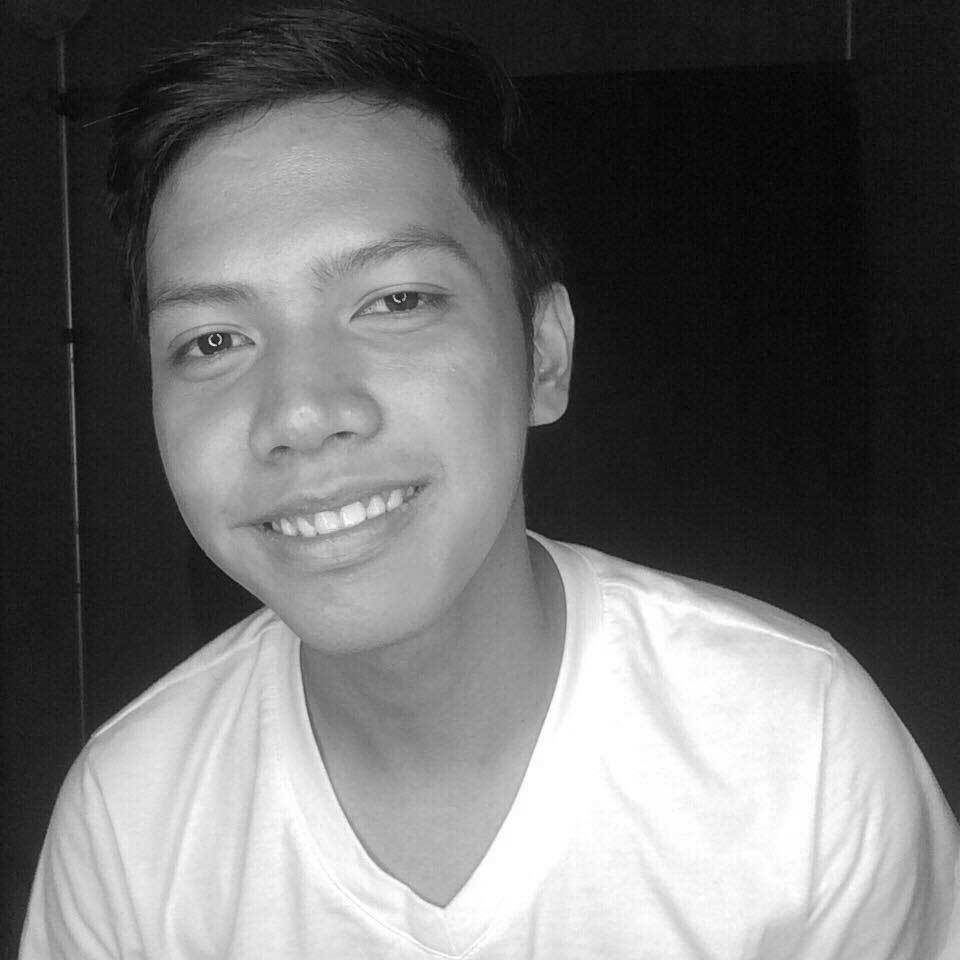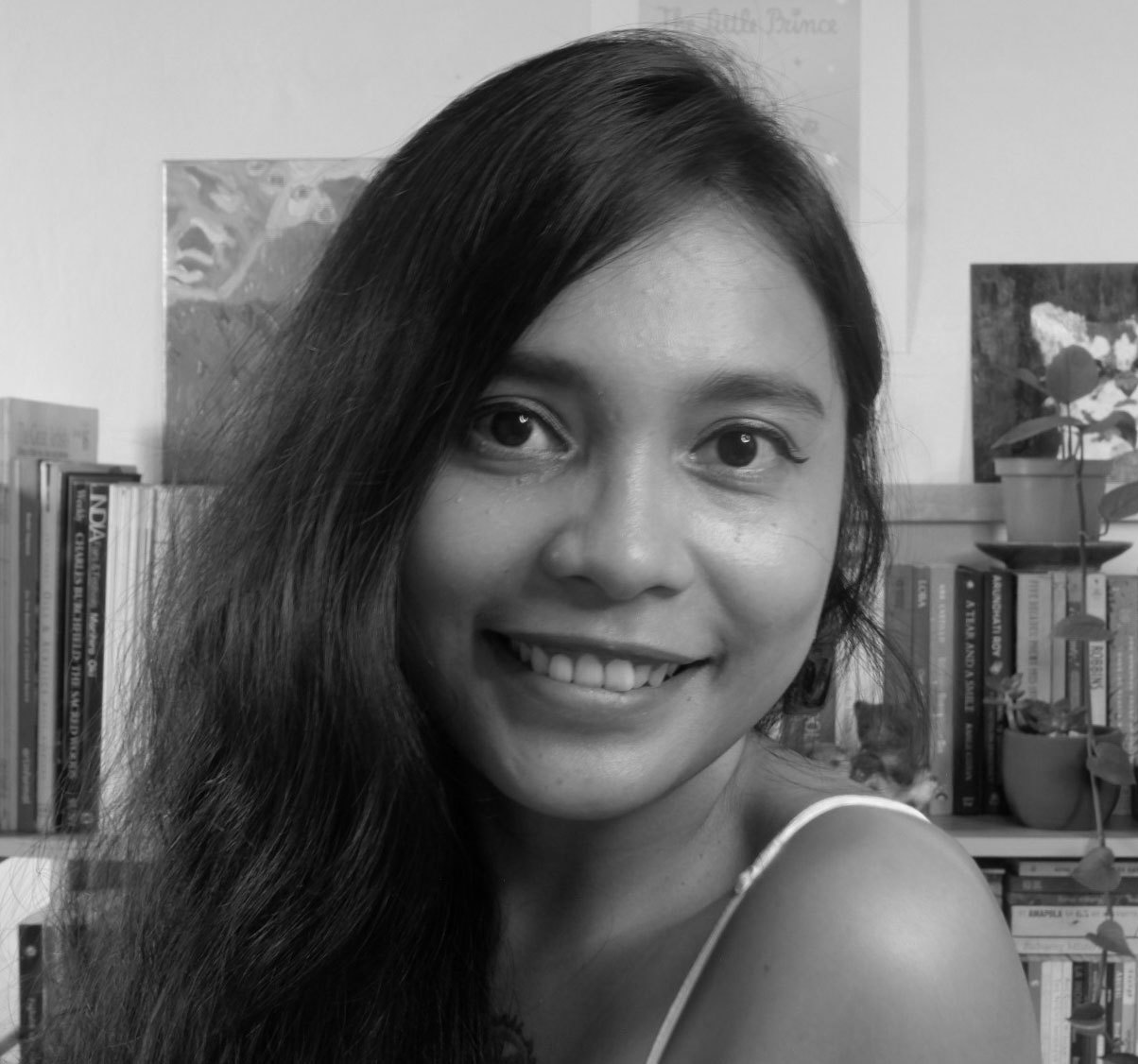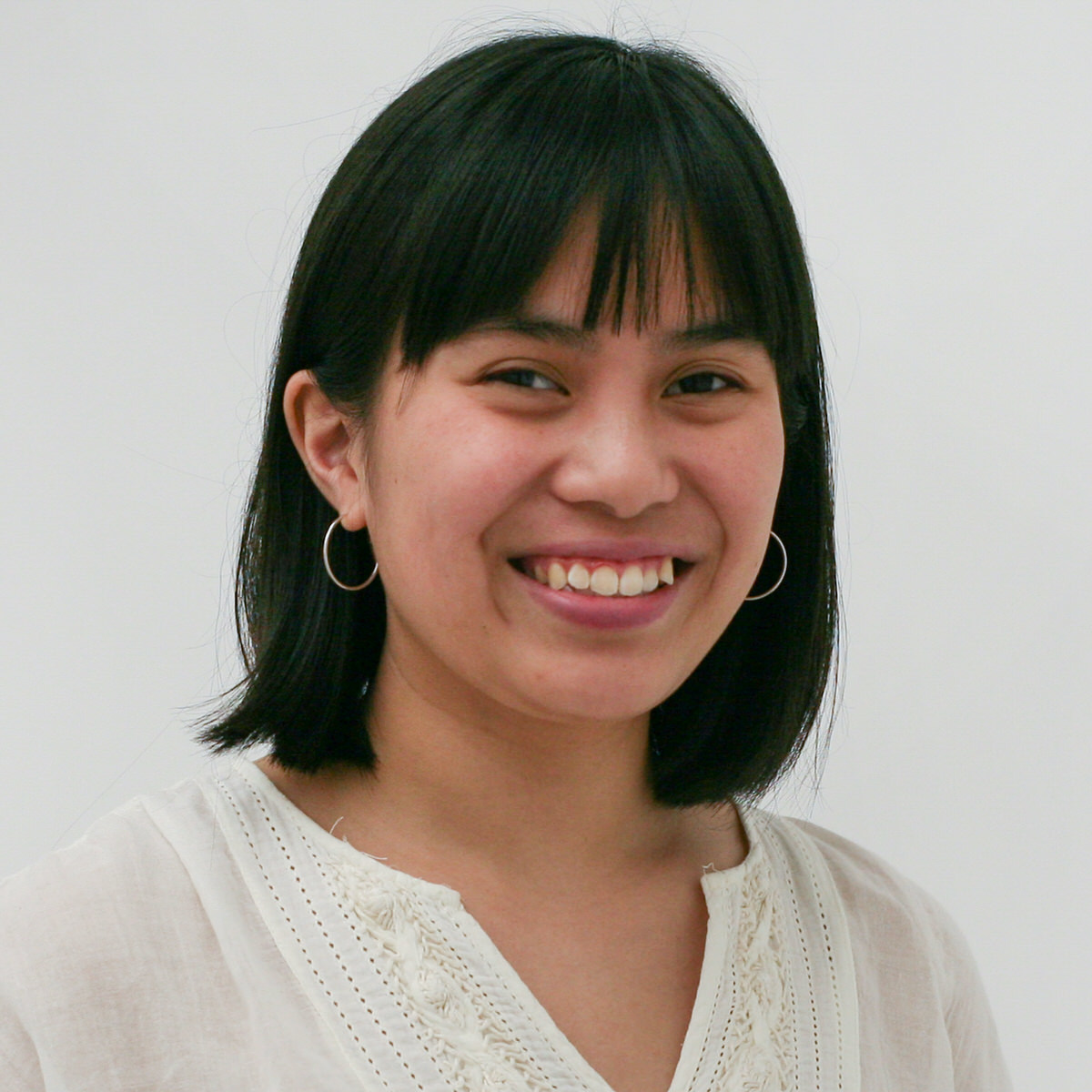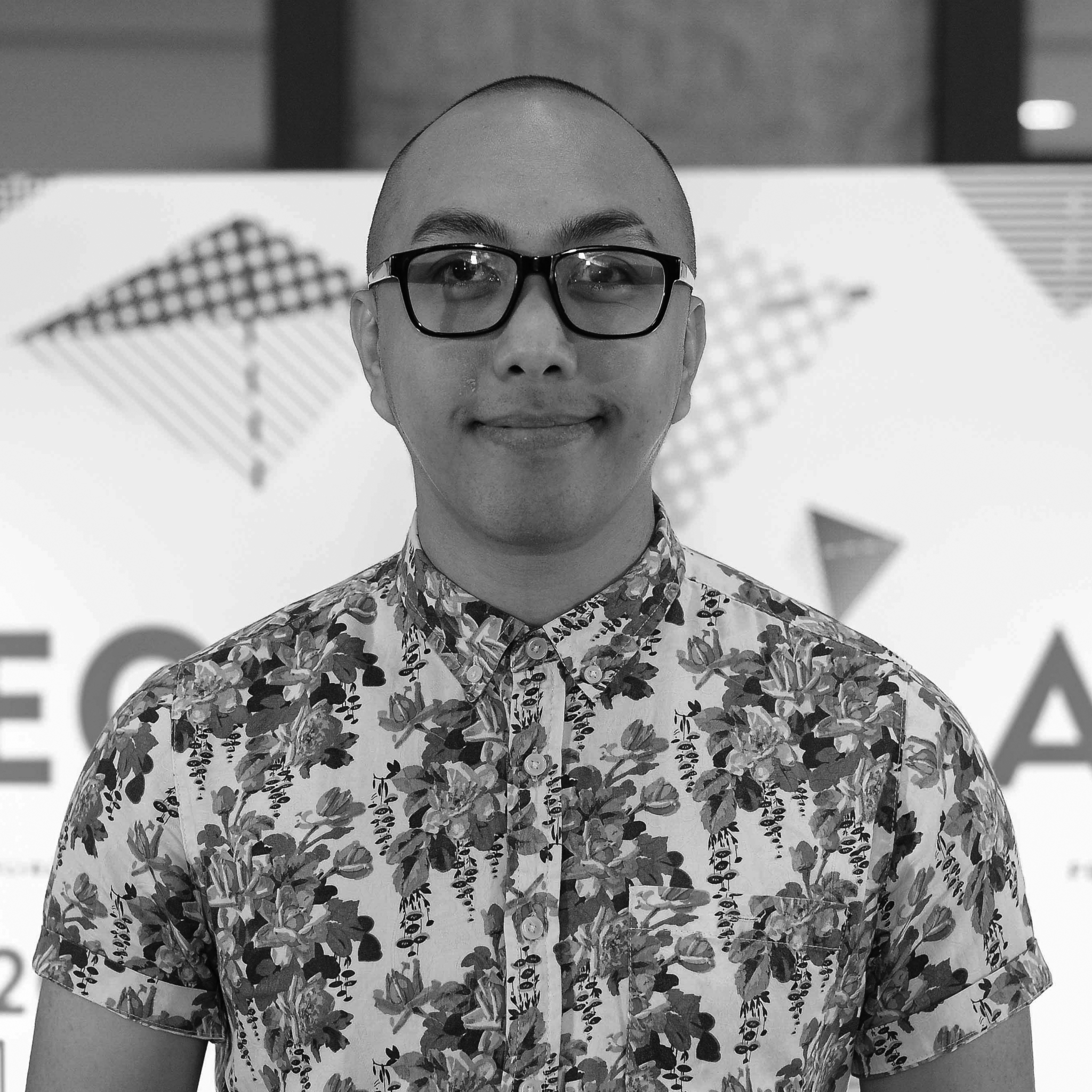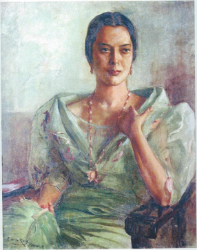In its twentieth year, a fire ravaged the building that housed Green Papaya Art Projects in Kamuning, Quezon City. The flames consumed most of its archives, including exhibition documentation and artworks donated by artists. Before the fire, the organization had already announced its closure. Yet, three years later, Green Papaya found its new home in the many initiatives that the organization has completed and continues to build in Panay.
Perhaps one of the catalysts for the organization's relocation is the Visayas Island Visual Arts Exhibition and Conference (VIVA ExCon) which took place in Roxas City in 2018, under the artistic direction of Green Papaya. This also marked a return to his roots for founder, Norberto Roldan. During this time, Panay already hosted two consecutive VIVA ExCon, the first one in Iloilo in 2016. The aftermath of the biennale saw a growing interest in art all over the island manifested by the increase in the number of art groups and art spaces.
Despite the emergence of art communities in the four provinces of the island, Panay is still considered far from the center. With no existing art institution dedicated to providing support to the artists, most of the projects are initiated by the community. It was in this landscape in August 2022 that Green Papaya introduced xLab in Roxas City, announcing its goal to “present contemporary art outside the gallery system as a parallel discourse to the predominant market-driven art scene in urban centers.” The art space went on to host exhibitions featuring artworks by artists from different parts of the country and introduced experimental ways of curation anchored in progressive themes, often commenting on the island’s social environment.
One of the first exhibitions in xLab is “Ghosts of September” held on the 50th anniversary of the Declaration of Martial Law. Despite the heavy crackdown on activists in Western Visayas and the return of the Marcoses to power, the exhibition bravely pushed through with its goal to remember the horrors of the dictatorship. Another exhibition that confronted prevailing narratives is “Jumpcut: Wala Aswang sa Capiz” which featured works on video. The exhibition opening was followed by a screening of the film Kagat ng Dilim based on stories about the colonial powers weaponizing the myth of the aswang to scare the rebels.
After the launch of xLab, Green Papaya announced “Shri Vishayas,” a series of projects in collaboration with the indigenous peoples of Panay. Projects of this kind undergo a sensitive process because of the many regulations that the National Commission on Indigenous Peoples impose to protect the indigenous knowledge systems and practices of the community. Moreover, the ancestral domains are located in the mountains and the areas are heavily militarized.
The Shri Vishayas project is described as a homage to the past. The platform posits that everyone is a Bukidnon, or in some way, the people of Panay embody a certain indigeneity. This was shown in the exhibition “Moving Mountains Closer to the Sea.' In the exhibition, birha, tubok, lanot, tikumbo, kubing, and other indigenous materials were brought by the artists and were presented as art objects at the exhibition venue, the Panublion Museum, located in the center of Roxas City. Perhaps, the mountains are where the often-marginalized Bukidnons live and the sea or the shore is where most of the cities lie. This is just one of the manifestations of the divisive tendencies of the social classes on the island which created parallel perceptions. In a way, the exhibition created a venue for the intersection of the indigenous and the contemporary.
Following the Shri Vishayas exhibition, Green Papaya publicly expressed its plans to shift to a community-run initiative model. Recognizing that art should not exist on its own, they described the new direction as a collaboration between artists and other sectors. By this time, Green Papaya has already worked with researchers, historians, local government agencies, and the academe.
In January 2023, VIVA ExCon was officially announced by the host province, Antique, with the organizers choosing Green Papaya to again take charge of the art direction. Antique has a nascent visual art scene with a few gallery cafes as the usual exhibition venue, and a rich literary history to draw other art practices from. The theme of the biennale is “Suba sa Iraya” a popular adage in Kinaray-a which means to trace the water to its source. It can also be interpreted as “to go against the currents,” a phrase that can be said about the province’s revolutionary leaders, the most celebrated of whom was Evelio Javier. With these contexts, and with the participation of the academe, local government units, and private organizations, VIVA ExCon Antique is an ideal venue for Green Papaya to explore the dynamics of collaboration with other sectors.
By shifting its model from an artist-run space to a community-run initiative, Green Papaya Art Projects took the risk. It has relocated from the capital to the region, explored projects outside of the mainstream methods, and placed its stake in its community. In June 2023, Green Papaya announced on its Facebook page that it is constructing a building in Roxas as its future permanent home. Just like its namesake, the art space has thrived in places despite challenging environments.


